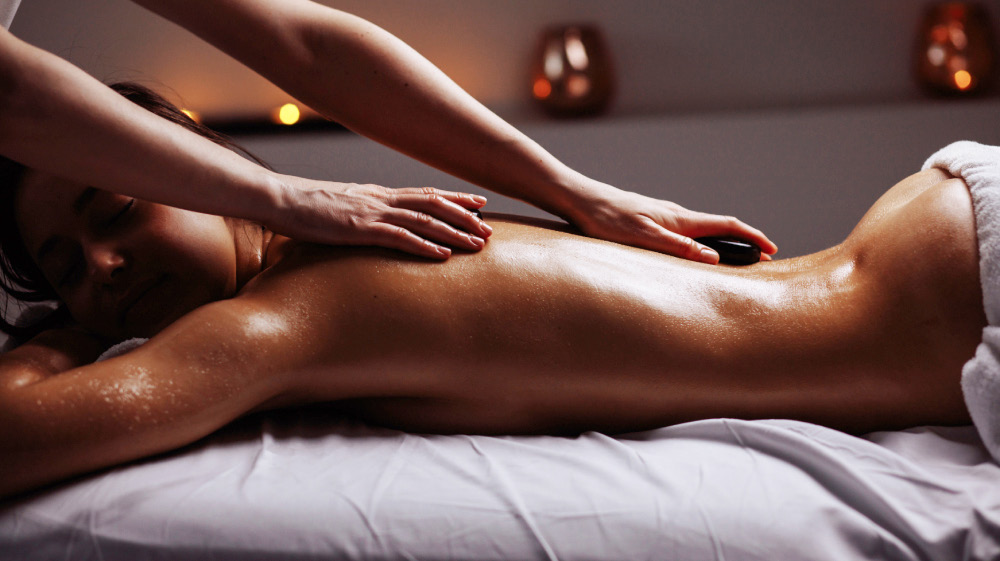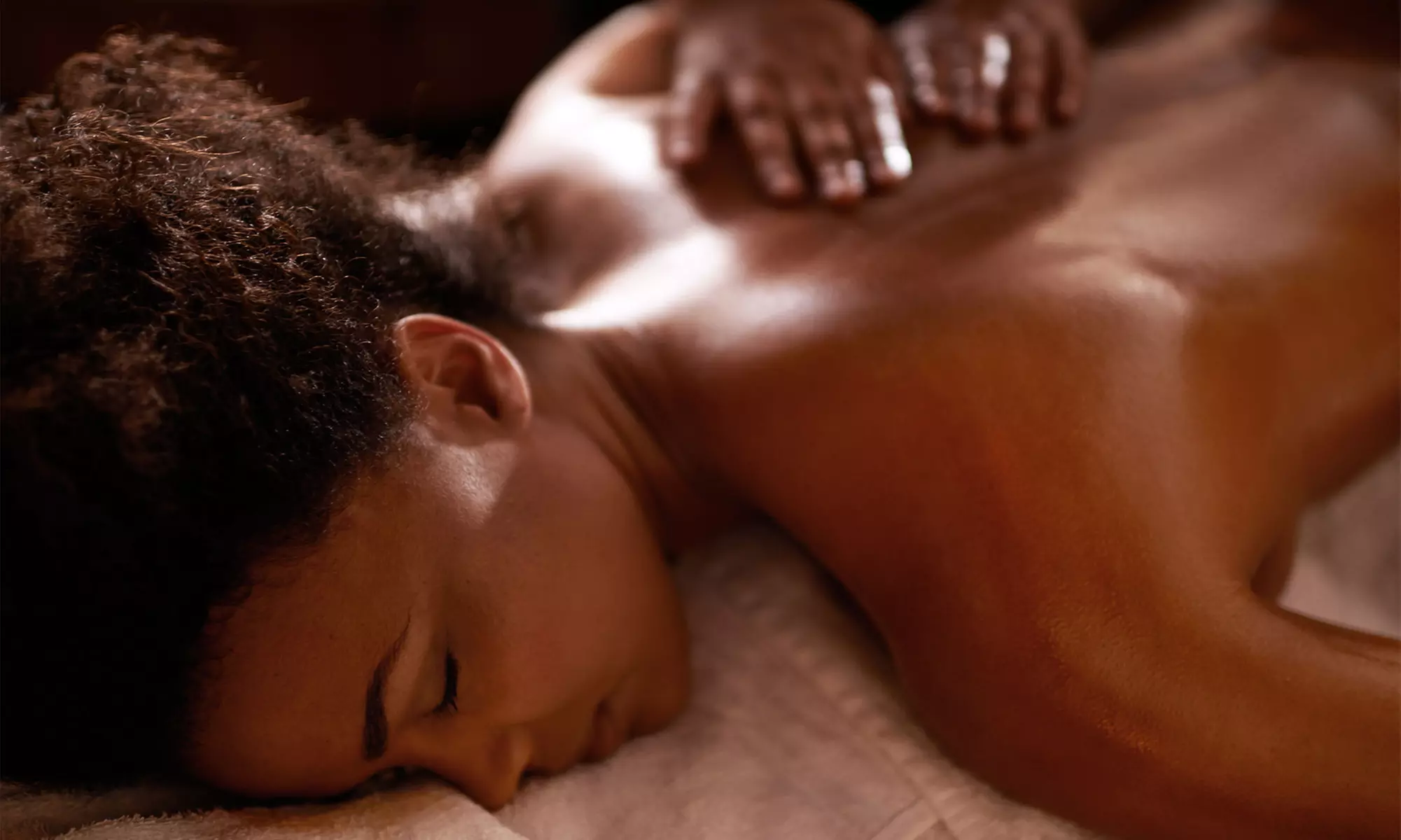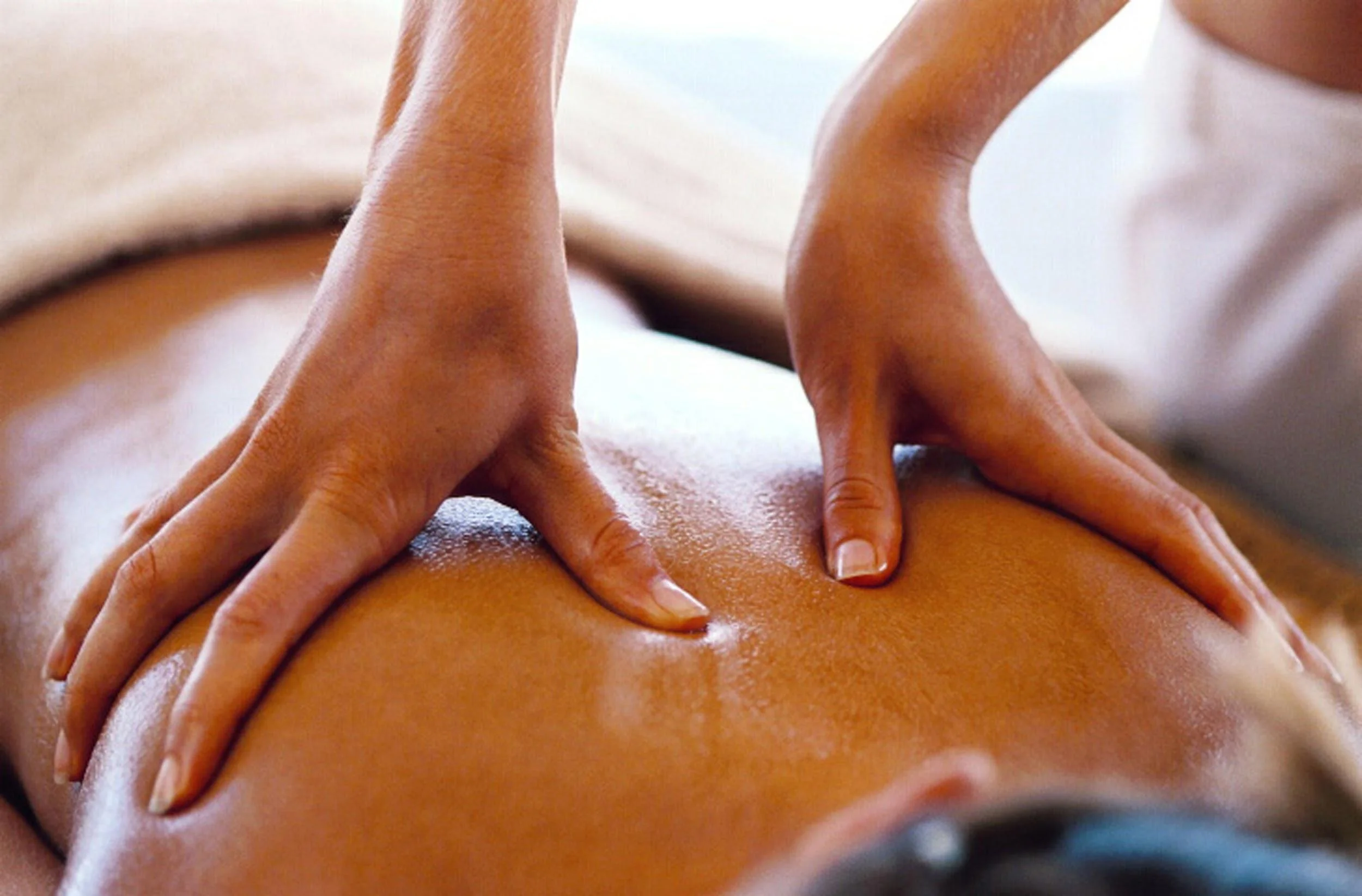Let’s be honest—walking into a spa or wellness center can feel overwhelming when you’re faced with a menu of massage options you’ve never heard of. Maybe you’ve stumbled across the term “Nuru massage” online and found yourself scratching your head, wondering how it differs from the Swedish or deep tissue massages you’re familiar with. You’re not alone in this confusion—we get questions daily from clients who feel lost navigating the world of alternative massage therapies. The lack of clear, honest information about different massage styles often leaves people either missing out on beneficial treatments or, worse, ending up with something completely different from what they expected.
Here at Lebien-être, we believe knowledge is power, especially when it comes to your wellness journey. That’s why we’ve spent years studying and offering various Nuru Massage Service options alongside traditional therapies, giving us unique insight into what actually works. We’re going to break down the real differences between Nuru and traditional massage in plain English, without the mystical jargon or uncomfortable euphemisms you’ll find elsewhere. Our goal is simple: help you make an informed decision that aligns with your wellness goals and comfort level.
What Exactly Is Nuru Massage?
Nuru massage originates from Japan, where “nuru” literally translates to “slippery” or “smooth”—and “that pretty much sums up the experience. The technique involves using a special gel made from nori seaweed that creates an incredibly smooth, frictionless surface between the therapist and client. Unlike traditional massages where therapists use their hands, elbows, or tools, Nuru massage involves full-body contact using the therapist’s entire body as the massage instrument. This creates a uniquely immersive experience that many describe as deeply relaxing and connecting.
The seaweed-based gel isn’t just for show –it actually provides therapeutic benefits, including skin hydration, detoxification, and improved circulation. We source our gel from reputable suppliers who ensure it’s body-safe, colorless, and odorless. The technique requires extensive training since therapists must master body positioning, pressure application, and fluid movement patterns that are completely different from conventional massage methods.
The Science Behind Nuru Technique
What makes Nuru massage fascinating from a therapeutic standpoint is how it engages the body’s parasympathetic nervous system. The continuous, flowing contact triggers what researchers call the “rest and digest” response, which can lower cortisol levels more effectively than segmented touch therapies. We’ve observed that clients often report deeper relaxation states and improved sleep patterns following sessions.
The full-body contact also stimulates pressure receptors across a larger surface area simultaneously, which can provide relief for conditions like fibromyalgia or chronic tension that traditional point-focused massages might miss. However, this technique isn’t suitable for everyone—individuals with certain skin conditions, mobility issues, or personal boundaries may find traditional approaches more comfortable.
Traditional Massage: The Foundation of Therapeutic Touch
When we talk about traditional massage, we’re referring to established therapeutic techniques like Swedish massage, deep tissue massage, hot stone therapy, and aromatherapy massage. These methods have decades (and in some cases, centuries) of documented benefits and standardized training protocols. At our practice, we’ve found that traditional massages excel at targeting specific issues—whether that’s muscle knots, joint stiffness, or stress-related tension patterns.
Traditional massage therapy typically involves the client lying on a massage table while the therapist uses hands, forearms, elbows, or tools to manipulate muscle tissue. The pressure can range from light (Swedish) to intense (deep tissue), and sessions usually focus on problem areas identified during intake consultations. We appreciate how these methods allow for precise targeting and easy modification based on client feedback during the session.
Proven Benefits of Conventional Approaches
The research backing traditional massage therapy is extensive and compelling. Studies consistently show measurable improvements in circulation, pain reduction, anxiety levels, and immune function following regular sessions. We’ve personally witnessed clients with chronic conditions like arthritis or sports injuries experience significant relief through targeted traditional techniques.
What we love about conventional methods is their adaptability—we can easily modify pressure, focus areas, or incorporate additional elements like essential oils or heated stones based on individual needs. The standardized training also means you can expect consistent quality whether you visit us or another reputable establishment.
Key Differences: Side-by-Side Comparison
The most obvious difference is contact method—traditional massage uses hands and tools for targeted pressure, while Nuru employs full-body sliding movements. Traditional massage allows you to remain partially clothed and uses oils or lotions for lubrication, whereas Nuru massage requires complete undressing and uses specialized seaweed gel. We always ensure complete privacy and professional boundaries regardless of which service you choose.
Session structure also varies significantly between approaches:
- Traditional massage: 60-90 minutes, table-based, focused on specific muscle groups
- Nuru massage: 45-75 minutes, floor or low table, emphasizes full-body relaxation
- Preparation time: Traditional requires minimal setup, Nuru needs specialized space and materials
- Therapist training: Both require certification, but Nuru demands additional specialized techniques
Therapeutic Goals and Outcomes
Traditional massage therapy excels at addressing specific physical ailments like muscle tension, joint pain, or injury recovery. We recommend these approaches when clients have targeted concerns or medical conditions requiring focused treatment. The techniques allow for graduated pressure and can be modified instantly based on client comfort.
Nuru massage, on the other hand, prioritizes overall relaxation and stress relief through sensory experience. Clients often report feeling more mentally refreshed and emotionally balanced after sessions. However, it’s less effective for addressing specific muscular issues or chronic pain conditions that benefit from targeted pressure point work.
Which Approach Is Right for You?
Choosing between Nuru and traditional massage depends on your specific goals, comfort level, and therapeutic needs. If you’re dealing with chronic pain, sports injuries, or specific muscle tension, we typically recommend starting with traditional massage therapy approaches like deep tissue or trigger point therapy. These methods offer measurable, targeted relief that’s well-documented and easily customizable.
For clients seeking stress relief, anxiety reduction, or a unique wellness experience, Nuru massage can provide benefits that traditional methods might not achieve. We’ve found it particularly effective for individuals dealing with work stress, relationship tension, or those simply wanting to try something completely different. However, we always discuss boundaries and expectations thoroughly before any session.
Making an Informed Decision
At Lebien-être, we believe the best massage is the one that makes you feel comfortable, respected, and genuinely better afterward. We encourage potential clients to ask questions, discuss any concerns, and even observe our facilities before booking. Both Nuru and traditional massage services require trust between client and therapist, so feeling completely at ease is non-negotiable.
Consider factors like your privacy comfort level, therapeutic goals, time availability, and physical limitations when making your choice. We’re always happy to provide consultations where we can discuss which approach might work best for your unique situation—no pressure, just honest guidance based on our years of experience in the wellness industry.







